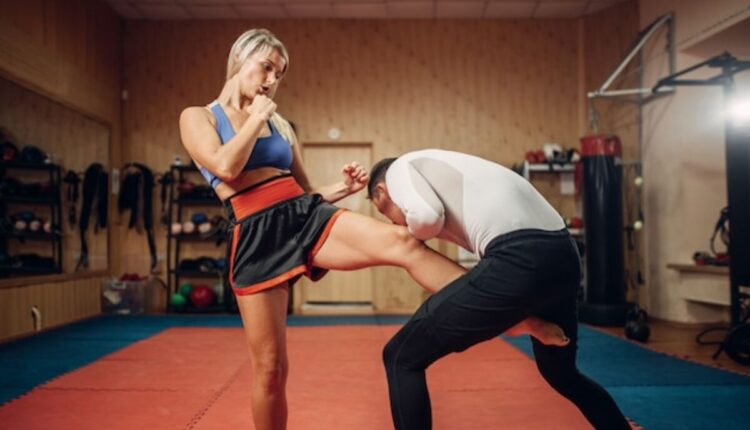Comparison of Techniques Used in Traditional and Modern Self-Defence Methods
Self-defence is an important skill to possess, as it can help one protect themselves from physical or psychological harm. Self-defence techniques vary significantly depending on the context and have evolved. Some self-defence methods are based on traditional martial arts and emphasize physical confrontations, while others focus on psychological awareness and prevention of dangerous situations.
In this article, we will compare traditional and modern self defence methods to explore how they differ, both in terms of technique and efficacy. We will also discuss how public awareness has impacted the development of self defence techniques over time, as well as trends that may shape its future development.
The Role of Martial Arts in Self Defence
Martial arts have been practiced worldwide for centuries, and their use in self-defence has evolved significantly. In its earliest forms, martial arts were used primarily in warfare as a method of combat. Over the years, however, they have also become widely used for self-defence.
Today many martial arts can be used to defend oneself from an attack or threat. These forms include traditional Japanese karate and judo, Chinese tai chi and kung fu, Brazilian jiu-jitsu and capoeira, Filipino escrima/arnis stick fighting, and Eskrima/Kali knife fighting.
Each type of martial art has its unique benefits when it comes to self defence. Karate emphasizes strong physical technique while judo utilizes throws and holds; tai chi is known for its meditative qualities, which help practitioners stay focused under pressure; jiu-jitsu focuses on ground grappling techniques which allow one to control an attacker without inflicting severe damage; escrima/arnis stickfighting helps develop coordination with weapons; while Eskrima/Kali knife fighting teaches how to efficiently use knives both offensively and defensively in close quarters combat situations.
The Impact of Social Awareness on Self Defence
In recent years, the importance of self-defence has been increasingly recognized by society, and this shift in public awareness is reflected in both the increased popularity of martial arts classes and a greater acceptance of self defence training.
This new attitude towards protecting oneself has also led to a rise in various forms of non-lethal weapons, such as pepper spray, stun guns, and collapsible batons, which are now widely available for purchase. These tools provide additional protection against potential threats without causing permanent harm, making them popular among those who want to feel safe but do not wish to engage in physical confrontations.
Furthermore, with technological advances, there have been developments within the world of self defence that go beyond traditional martial arts techniques.
For example, many companies now offer classes on personal safety that teach people how best to protect themselves from dangerous situations through risk assessment and avoidance strategies rather than relying solely on physical confrontations or weapons.
Other technological advancements—such as wearable alarms or tracking systems—provide people with extra layers of protection should they find themselves vulnerable throughout their day-to-day lives.
Trends in Self Defence
As the world continues to evolve, so too will the trends in self defence. With technological advances, new tools and techniques are becoming available for those seeking to protect themselves from physical or psychological harm. One trend likely to continue is the development of wearable devices such as alarms and tracking systems that can provide an additional layer of protection should someone find themselves vulnerable throughout their day-to-day lives.
As martial arts become more widely accepted as legitimate forms of self defense around the world, there has been an increase in mixed martial arts (MMA) gyms opening up across various cities, offering individuals an opportunity not only to learn traditional disciplines but also to experience modern methods such as kickboxing, boxing, and MMA fighting styles.
As this type of training becomes more widespread, it could lead to increased competition among practitioners – pushing them out of their comfort zone while boosting confidence levels when faced with intimidating or threatening scenarios.
Conclusion
Overall, self-defence classes have evolved significantly over the years, with modern techniques shifting away from traditional martial arts towards a more comprehensive approach that encompasses both physical process and psychological awareness.
This evolution is largely due to increased public awareness of violence prevention and safety initiatives, resulting in greater acceptance of self-defence training and the development of new tools, such as wearable devices for extra protection.
Furthermore, mixed martial arts gyms are becoming increasingly popular worldwide, allowing individuals to experience different fighting styles along with traditional disciplines, providing them with further confidence should they find themselves vulnerable at any point throughout their day-to-day lives. As this trend continues it will be interesting to see how these developments shape our understanding – and implementation – of self defence strategies.
Read Also: Precisely How Stress Causes Weight Gain



Comments are closed.